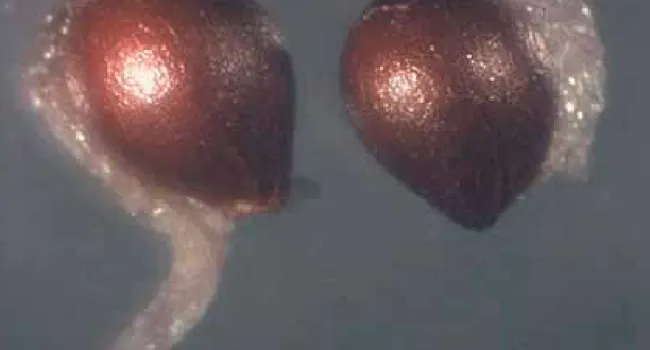
Photo
Herbaceous plants of cove forests, such as violets, trilliums and bloodroots (as well as many others), have ant-dispersed seeds. Such seeds have a small lipid-rich food body attached to the seed. Ants...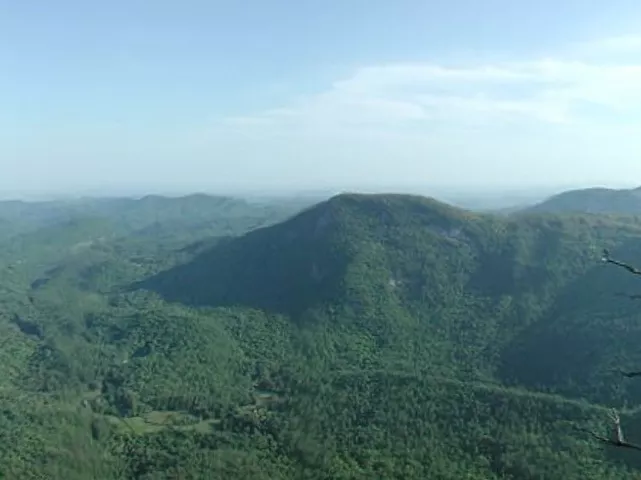
Cove forests are unique ecosystems found exclusively in North America, in the southern Appalachian Mountains of the United States. They are a special type of forest known as mixed deciduous, meaning that forest's trees lose their leaves in fall. Cove forests are restricted to mountain "coves," which are bowl-shaped valleys with very rich, fertile, damp soil. Many cove forests have streams wandering through part of the forest. The cove forests of the South exhibit the greatest plant and tree diversity of any forests in the United States.
The cove forests of South Carolina are restricted to the northwest portion of the state, extending from the north of Westminster to north of Greenville, Jones Gap State Park, Table Rock State Park, Oconee State Park, and Caesars Head State Park all contain cove forest communities. For more information, view the credits or find out how to plan a trip to a cove forest.
---
PLEASE NOTE:

Photo
Herbaceous plants of cove forests, such as violets, trilliums and bloodroots (as well as many others), have ant-dispersed seeds. Such seeds have a small lipid-rich food body attached to the seed. Ants...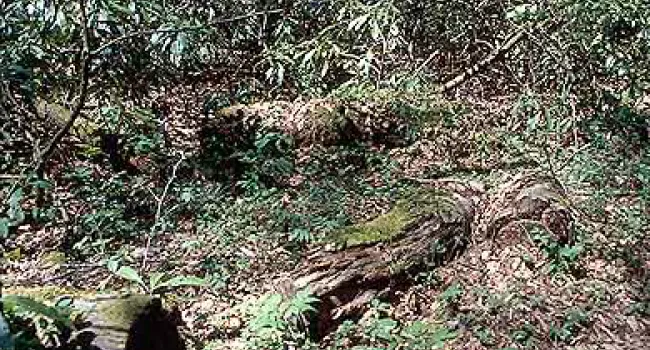
Photo
The forest floor functions as a wastebasket for all the layers above it. Materials accumulate most rapidly in the fall as the dead leaves of deciduous species fall to the ground. However, a steady...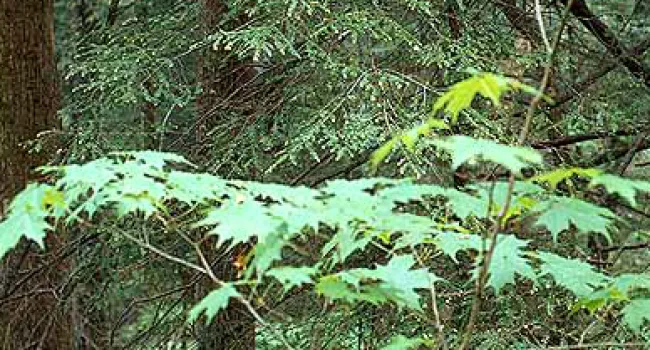
Photo
There are two main groups of trees -- coniferous trees and flowering trees. Coniferous trees generally produce seeds in cones, have needle-like leaves and are evergreen. In contrast, flowering trees...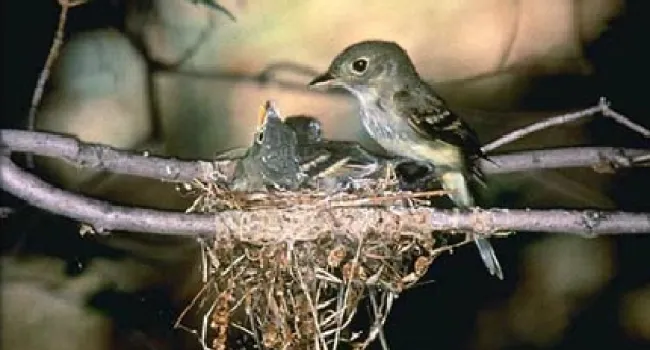
Photo
(Empidonax virescens) This flycatcher prefers deciduous forests that are associated with relatively moist habitats such as those found along rivers. High affinity for sites with high shrub densities...
Photo
(Tilia americana) A medium to large tree that frequently occurs in the understory but may also reach the canopy. The large heart-shaped leaves are finely toothed and have an asymmetrical base. The...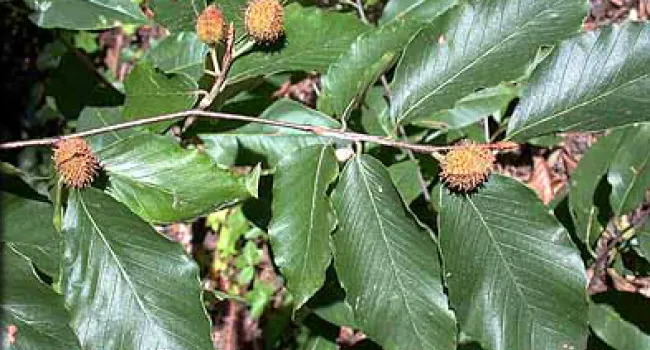
Photo
(Fagus grandifolia) The smooth gray bark, sharp-pointed buds, and papery toothed leaves make beech one of the easiest trees to identify. Because it can tolerate deep shade, individuals occur both in...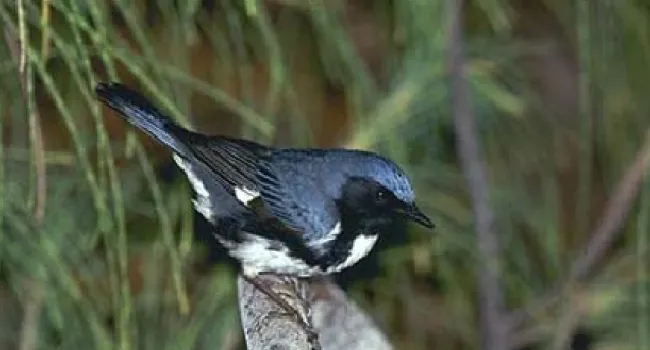
Photo
(Dendroica caerulescens) This warbler prefers to forages in the shrub layer associated with the cove forests, especially rhododendron thickets, hobble bush and mountain laurel. Has an affinity for...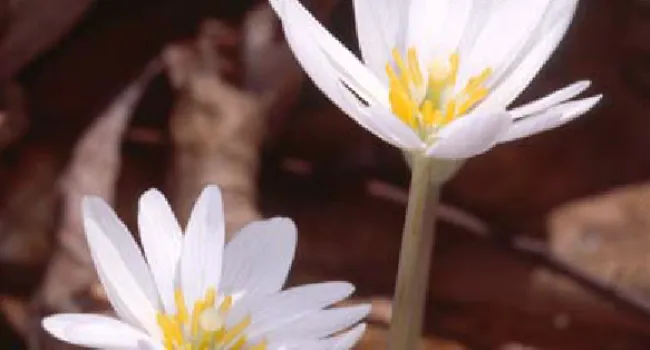
Photo
(Sanguinaria Canadensis) Bloodroot is one of the first plants to bloom in spring. Only one flower and one leaf is produced per plant. The large white flower opens in the day and closes at night. The...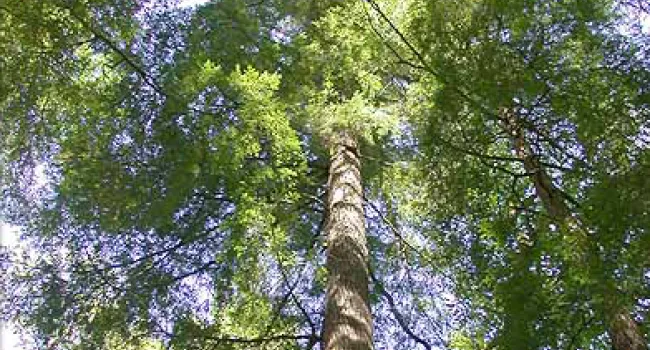
Photo
Almost all trees in cove forests are deciduous - that is, they drop their leaves in the fall and produce new ones in spring. The Canada hemlock, in contrast, is an evergreen - it retains its needle...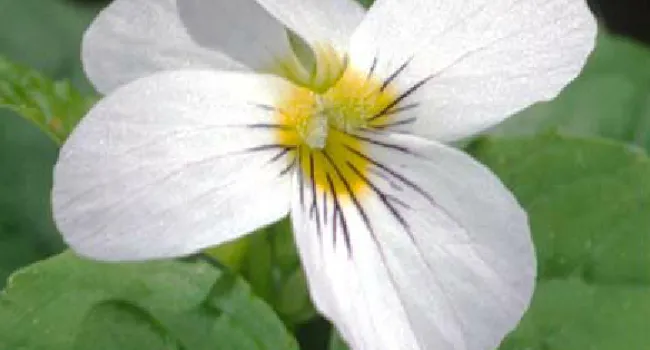
Photo
(Viola canadensis) This relatively tall violet with heart-shaped leaves is frequently encountered in cove forests. It produces many white flowers that fade to purple with age. Often found in clumps...